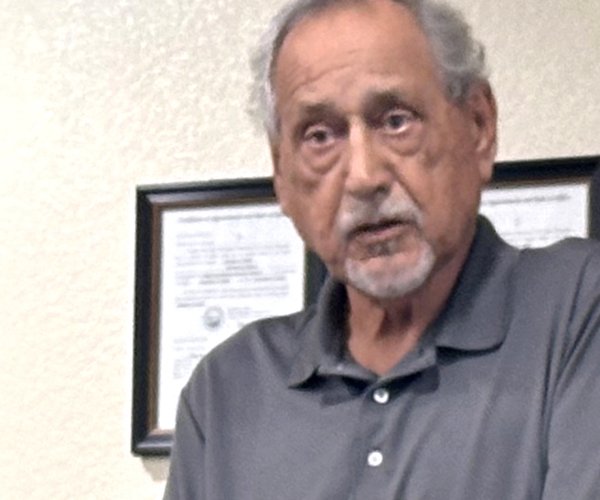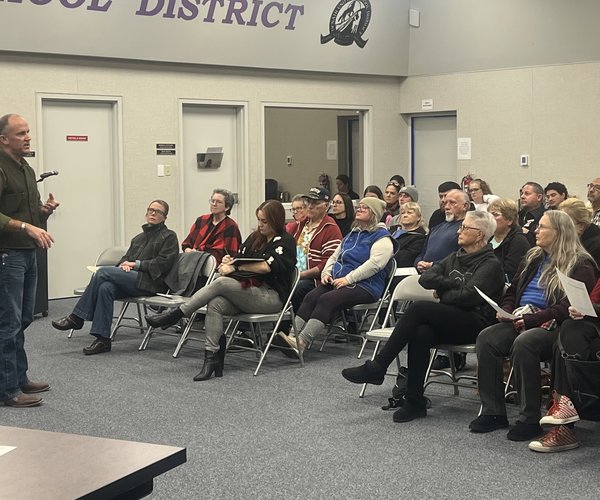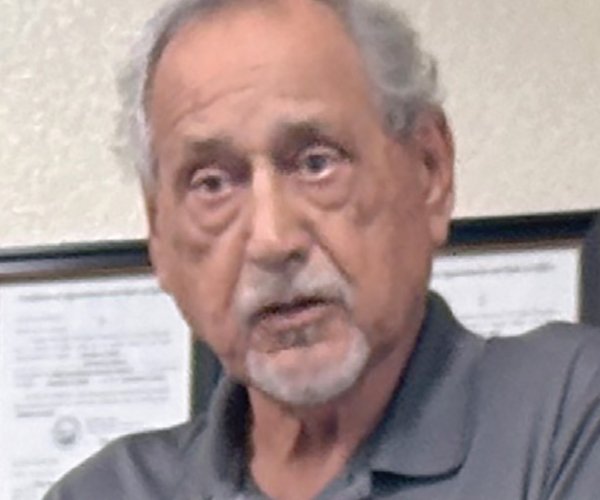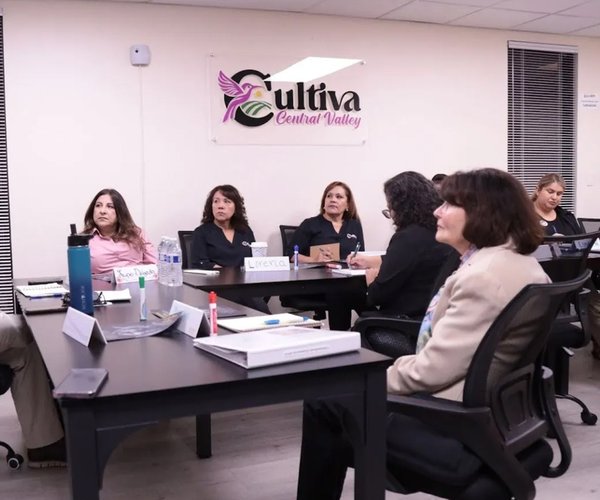The five-month process of determining Turlock Irrigation District’s new boundaries for its Board of Directors was completed last Tuesday, with the elected body giving its seal of approval to a new map which makes little changes to the current divisions.
Redistricting brings little change to TID electoral map





